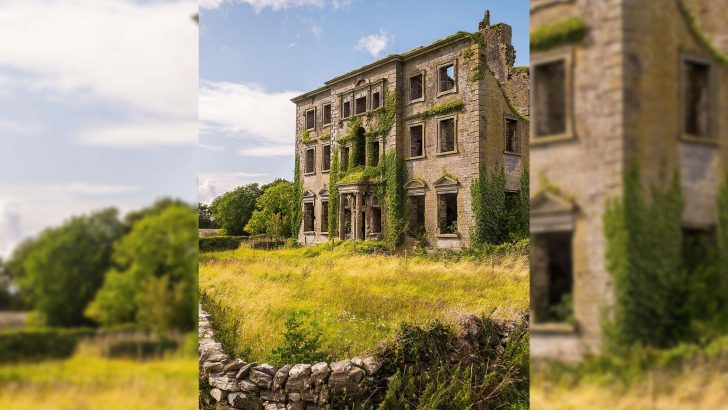Burning the Big House: The story of the Irish country house in a time of war and revolution, by Terence Dooley (Yale University Press, £25.00/€30.00)
The Anglo-Irish descendancy from the mid-19th century is the stuff of grand tragedy. Everywhere there are echoes of the elegiac.
The men and women of the caste were relatively wealthy, powerful even if power was slipping eaway, educated, resource-rich and resourceful. Often caricatured, they acted up to their stereotypes. They entertained, or aimed to entertain, monarchs and potentates. Nobles of the sword as well as the robe they had the time and the connections to pursue military, colonial and governmental careers. They held a terrifying responsibility (or irresponsibility) over the lives and livelihoods of their tenants, servants, townspeople and estate workers. The Irish gentry and nobility were the stars of their own self-constructed soap opera. With a few idiosyncratic exceptions, they fulfilled faithfully their parts in the drama that had commenced, grown and developed over 800 years or so.
They did so from the security their own ‘open prisons’ – the Big and Great Houses of Ireland. There were lots of them, many constructed during Ireland’s ‘Protestant century’, the 18th. Anglo-Irish writer Elizabeth Bowen, herself chataleine of a modest example, has described them, perceptively, as ‘…an effect rather than a reality’.
That may have reflected their inhabitants’ internalised view of the places they lived in. But the houses were an all-too-sturdy reality in the landscape, as alien as their occupants in the ‘unwilling bosom’ in which they were set.
Another “sturdy reality” was the destruction of 300 or so by arson during the revolutionary period. Some 80% survived though, living on, dying in their beds, usually the victims not of violence but of economic uselessness, emigration by their owners and the taxation policies of the Irish Free State.
Terry Dooley’s new book is a sympathetic interrogation of “the landlord experience…through the prism of the Big House”. He examines where, how and why Big Houses were burnt during the revolutionary period. There is a strong and necessary introductory section, placing the gentry and their residences in the context of the upheavals of the later 19th century and the First World War. He discusses the multiple motivations involved in the deliberate destruction of these houses. In particular, he emphasises the role that agrarian disputes and land hunger played: “a Big House without its land bank was inevitably unsustainable”.
The bulk of this book contains a finely-crafted description of many of the houses that were burned in the period 1919-23, and there are many evocative ‘before-and-after’ photographs. Destruction and looting, compensation, the extraordinary stoicism of owners are all here, including a fascinating case study of the life, times and death of Mitchelstown Castle, Co. Cork. Within an ongoing controversy about whether the Irish revolution was ‘sectarian’, Professor Dooley’s study does not offer “any significant support” (p. 129) to the theory that houses were destroyed solely because they were inhabited by Protestants – some Catholic landowners were also burnt out, especially by anti-Treaty forces during the Civil War.
Dooley’s book may not be the last word on this topic, as he himself acknowledges. But in its comprehensive coverage, assiduous scholarship and engaging prose he has recreated a three-dimensional sense of what these houses represented to a fractured Ireland and maybe why they had to be largely symbolic sacrifices to the gods of land, politics and personal animosities.



